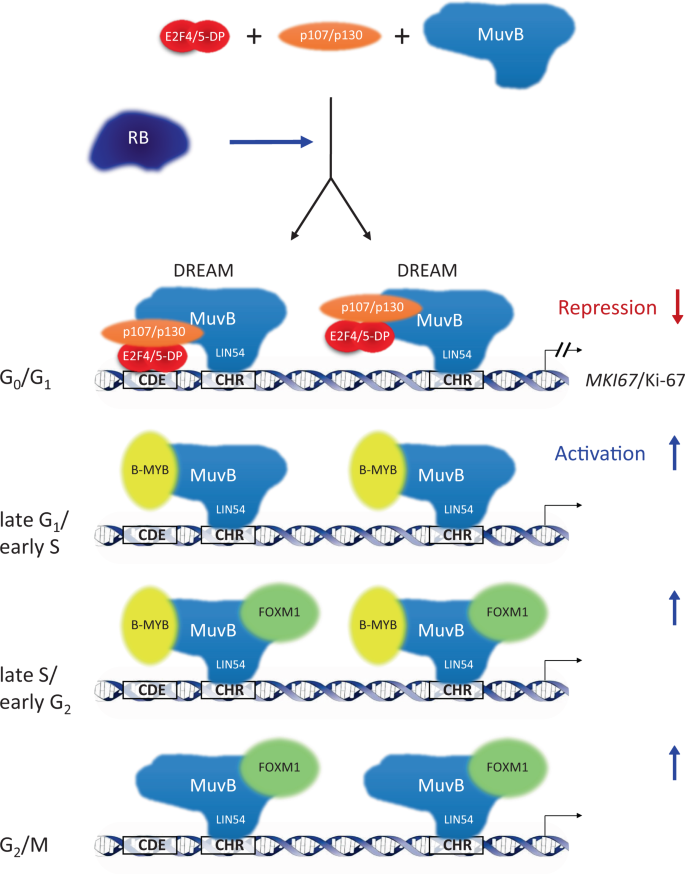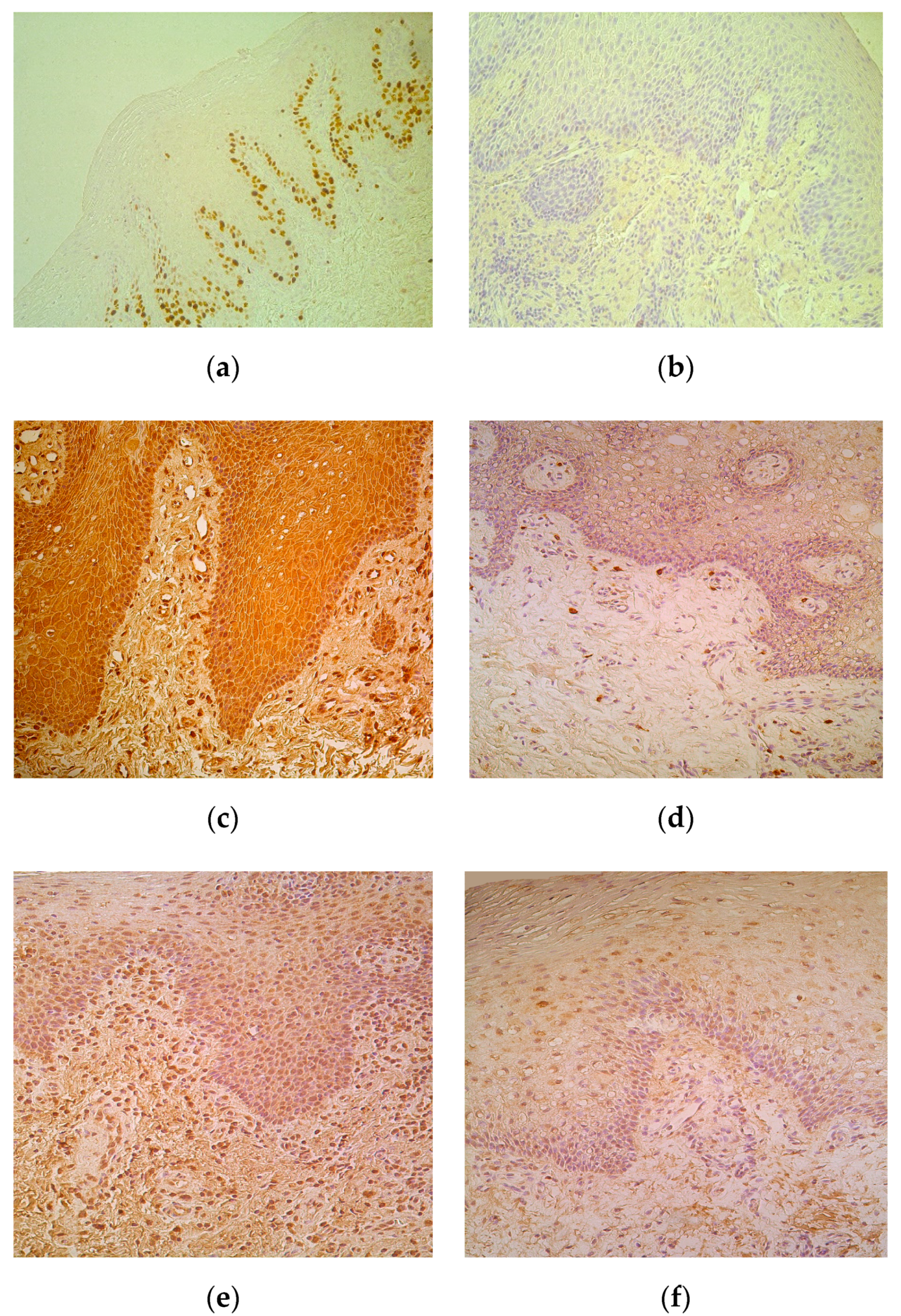
Medicina | Free Full-Text | Characterization of Cytokines and Proliferation Marker Ki67 in Cleft Affected Lip Tissue | HTML

A, B Proliferation markers Ki67 or PCNA, co-expressed with the developmental and lineage markers DCX and Prox1, identified SGZ cells as cycling neuronal precursor cells.

Expression of stem cell markers and proliferation marker Ki67 in BTSCs... | Download Scientific Diagram

Expression of proliferation protein marker (Ki67) in SG after treatment... | Download Scientific Diagram

Y-27632 increased expression of Ki67, a proliferation marker, in human... | Download Scientific Diagram

The principle of immunocytochemistry for Ki-67 proliferation marker... | Download Scientific Diagram
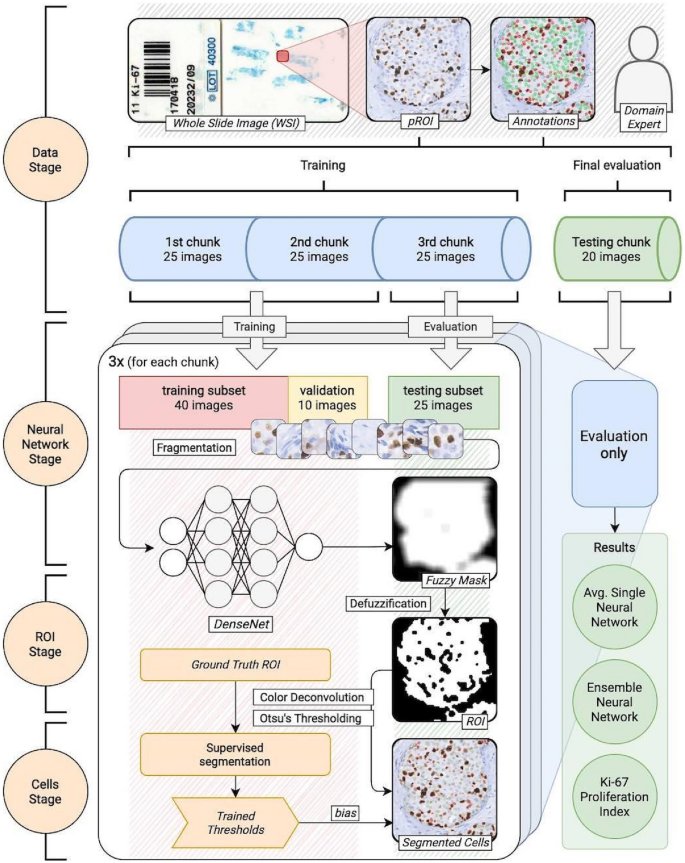
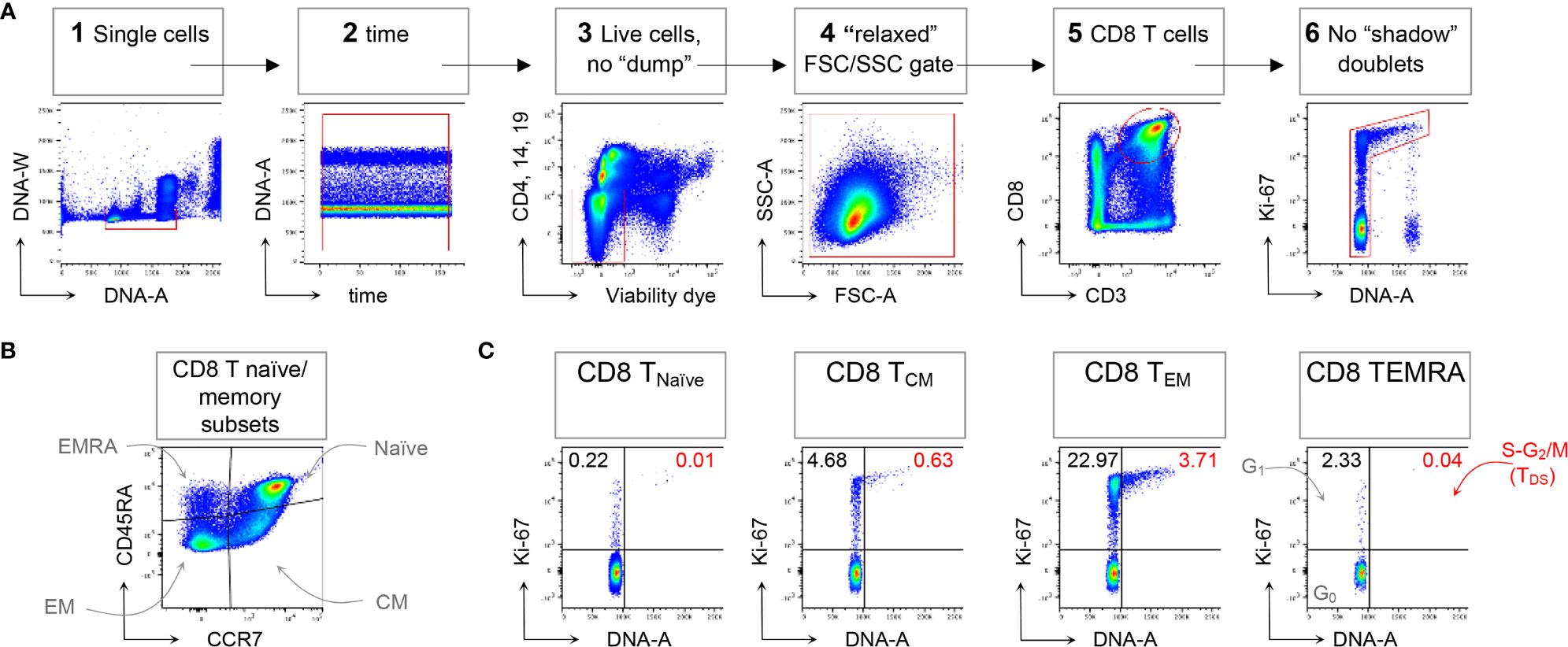
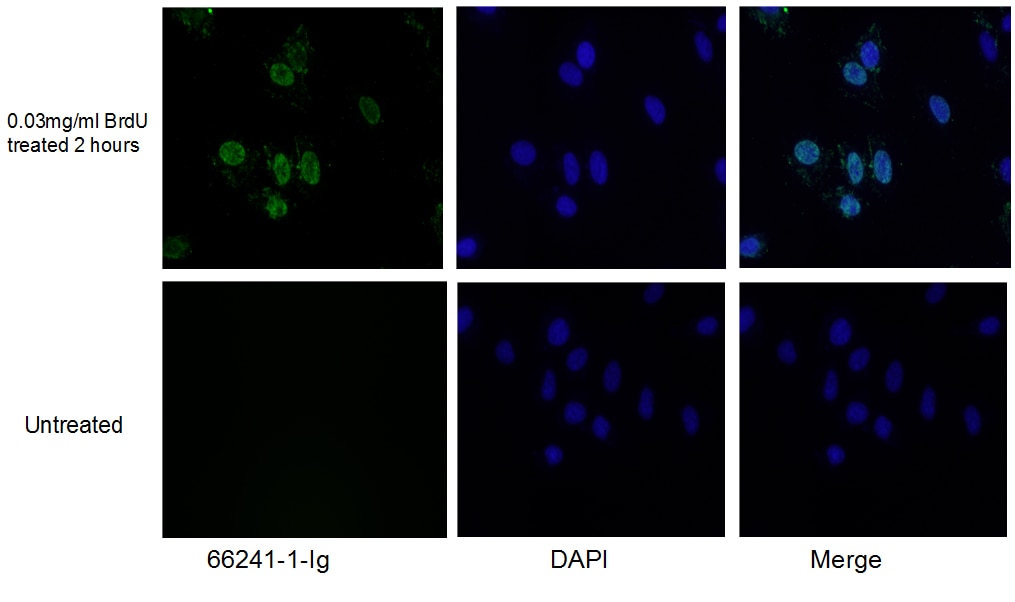



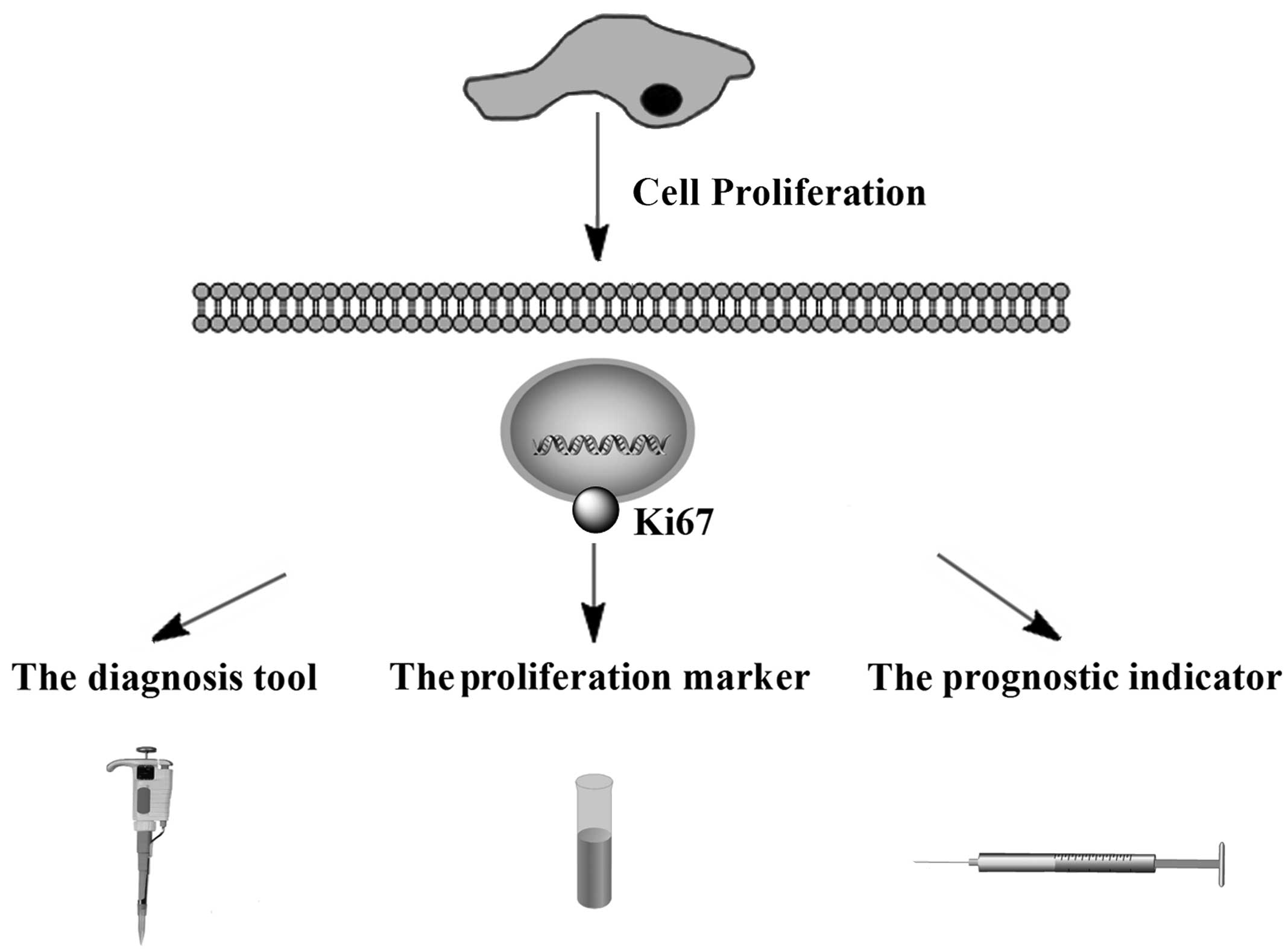
![Anti-Ki67 Antibody [6G3] (A104345) | Antibodies.com Anti-Ki67 Antibody [6G3] (A104345) | Antibodies.com](https://cdn.antibodies.com/image/catalog/104/A104345_1.jpg?profile=product_top)
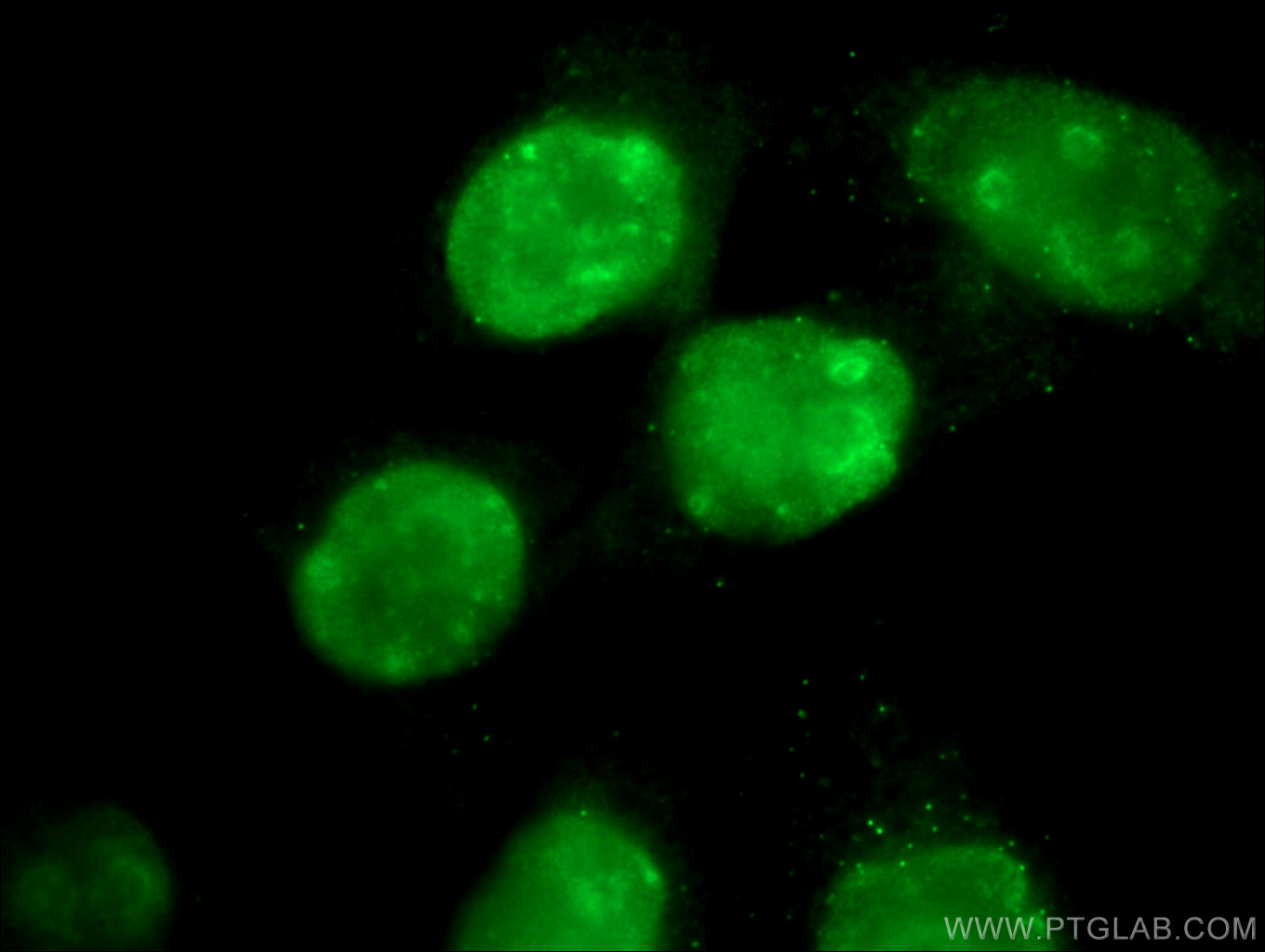

:max_bytes(150000):strip_icc()/What-is-the-ki-67-tumor-marker-test-for-breast-cancer-430609-V1-3438313df48d4e70ae29a13c72e95252.gif)

